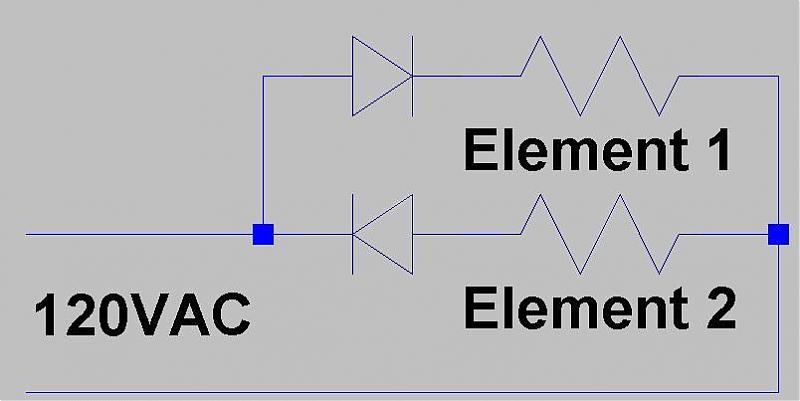I have built the countertop Brutus system that jkarp has so graciously outlined here. Yesterday while brewing a stout, the element burnt out in the middle of the boil. I turned the PID down to 95 in manual mode and it quit on me. Luckily I could finish on the stove, but the boil was not as vigorous for the last 15 minutes as I would have liked.
There were a few bits of grain in the boil that snuck through from the mash. Could a bit of grain stuck to it causing a hot spot? Otherwise, I am clueless.
The element was black after I drained the kettle and the outer layer chipped off very easily exposing bright copper underneath. There was a little nick in the surface of the element where it appears to have burnt through.
I already had to replace the first one (my fault) and this is very frustrating. If I have to replace the element every time I brew, I'm not going to get much brewing done.
There were a few bits of grain in the boil that snuck through from the mash. Could a bit of grain stuck to it causing a hot spot? Otherwise, I am clueless.
The element was black after I drained the kettle and the outer layer chipped off very easily exposing bright copper underneath. There was a little nick in the surface of the element where it appears to have burnt through.
I already had to replace the first one (my fault) and this is very frustrating. If I have to replace the element every time I brew, I'm not going to get much brewing done.




